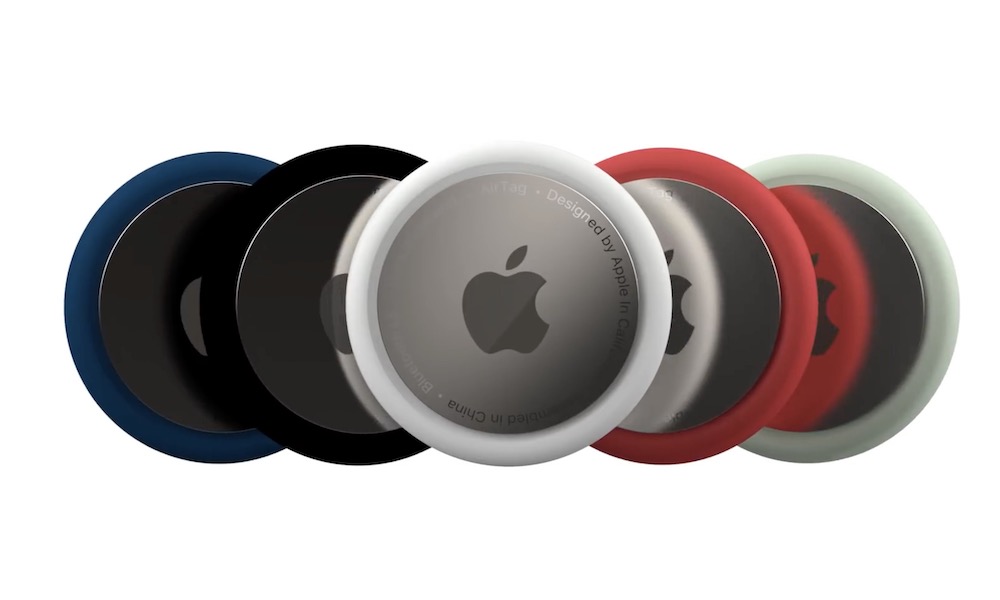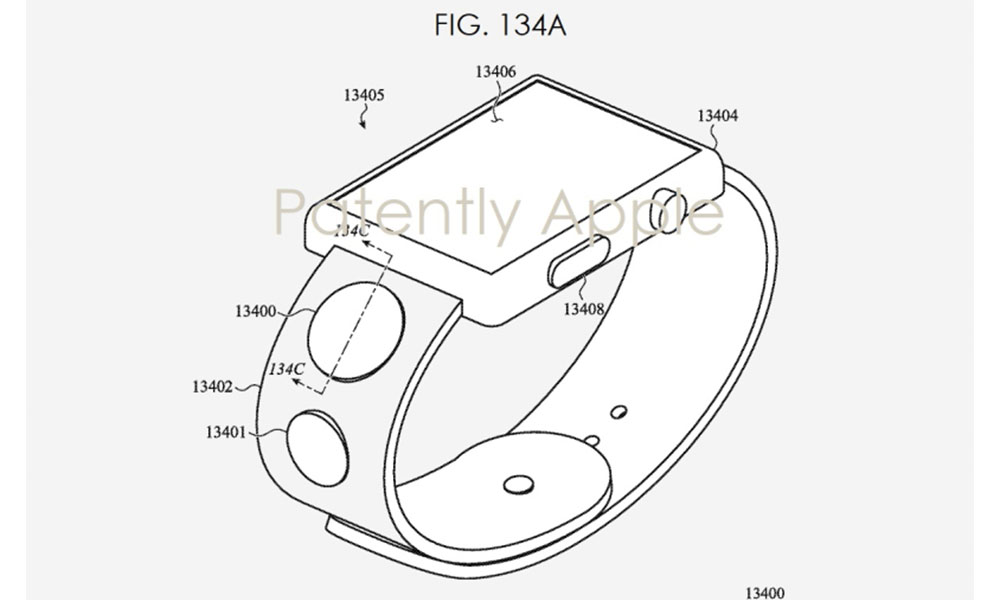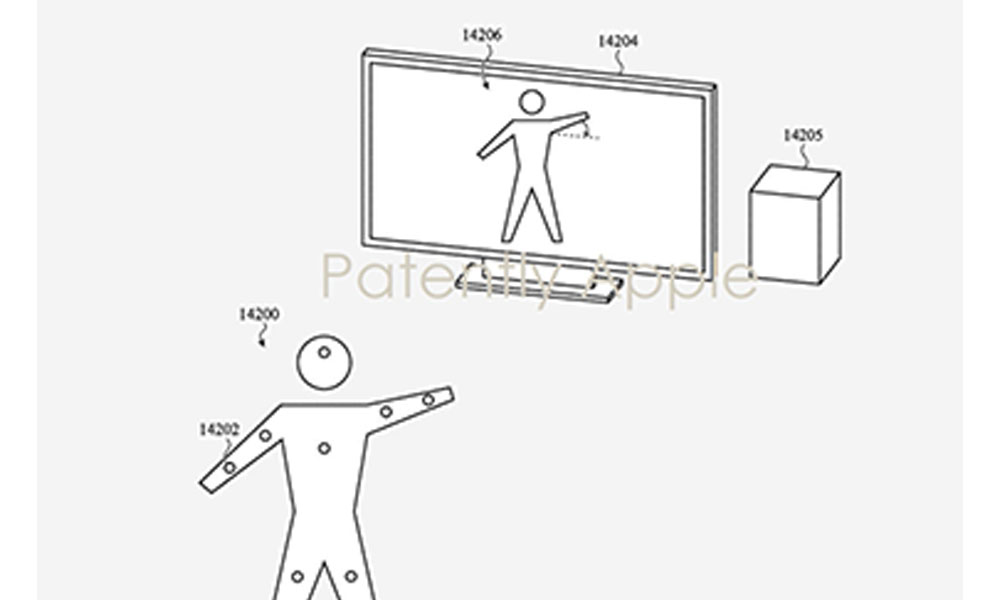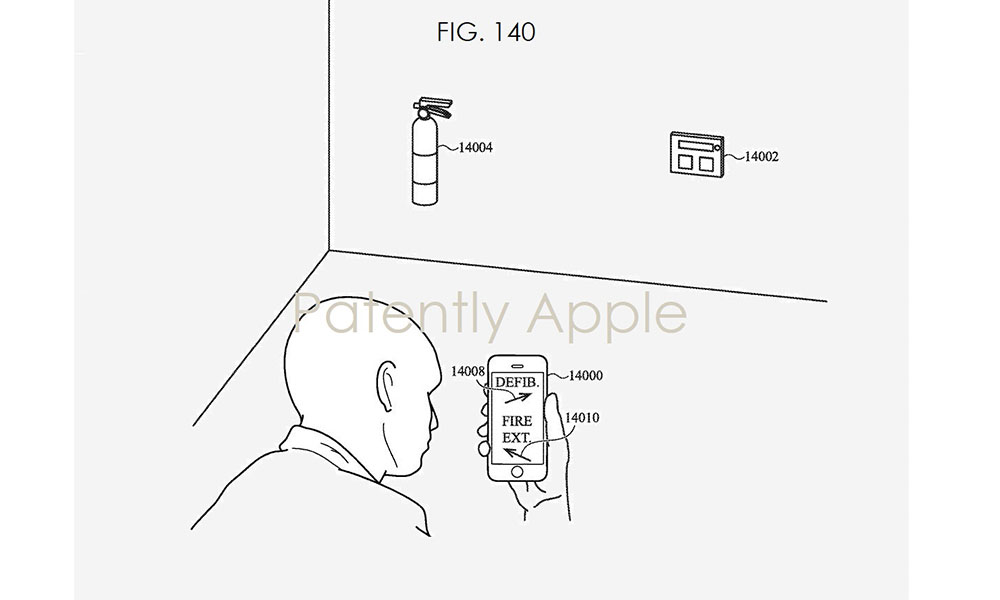Apple’s AirTags May Do a Lot More Than Help You Find Lost Keys
 Credit: Concept Creator / YouTube
Credit: Concept Creator / YouTube
Toggle Dark Mode
At this point we’ve known about Apple’s AirTags for well over a year now — news of them first surfaced in the early spring of 2019 — and while the picture has gradually been coming more into focus, the idea behind the product has largely remained the same since it first appeared in early iOS 13 betas.
The general idea is that Apple’s AirTags would be designed to be attached to everything from keys and wallets to suitcases and camera bags, helping reunite iPhone owners with items that they may have lost or misplaced. Basically, like Find My iPhone for everything else.
Despite many consistent reports over the past several months, it seems that Apple may still have some surprises in store. First came the news earlier this week that there could be two sizes of the tags, and now a new series of patents reveal that Apple’s plans for the small devices are likely a lot more ambitious than any of us anticipated.
What We Know
Uncovered as usual by the folks at Patently Apple, two “massive master patent applications” published this week have blown the lid off of the possibilities for Apple’s diminutive new AirTags, taking it well beyond the idea of simply offering two size options.
While it’s unclear if the first-generation AirTags — which could be arriving as soon as next month — will incorporate any of these ideas, the two master patent applications reveal what Patently Apple refers to as a “grand overview” of the coming product line, which likely represent Apple’s plans and vision for the next several generations of the AirTags product lineup.
The patent applications begin by describing much of what we’ve already surmised about AirTags: that they’re small, battery-powered devices, that can be located by emitting a wireless signal that can be picked up by other connected electronic devices that are nearby, such as an iPhone. The patent also describes the entire overall “Find My” network that would consist of not only AirTags but also iPhones, iPads, Macs, and other devices — possibly even third-party tracking tags.
Other details spelled out in the patent applications include proximity notifications that could not only alert users when they’re near an AirTag, but could also be used to trigger other actions, such as displaying a map of a building, or triggering home automation shortcuts. Further, the tags would be expected to be durable enough to withstand water and impact damage, and capable of emitting sounds or haptic signals to help users know when they’re nearby.
Much like Find My iPhone has always supported a “Lost Mode,” AirTags would likely have a similar feature that would allow them to conserve power and maintain privacy when in close proximity to the tag owner’s smartphone, while going into a more aggressive “beacon” mode when out of range in order to allow the tag to be more quickly located by other third-party devices.
Beyond Tracking
As Patently Apple notes, however, Apple’s patent filing is “massive” and contains hundreds of illustrations showing not only different designs for AirTags, but also a lot of use cases that nobody else has really given much thought to.
Some of the illustrations show various ways of attaching or handling tags, including lanyards, cases, and even an Apple Watch band with an AirTag built into it. Other illustrations show rechargeable AirTags, while others show tags with removable batteries.
However, the most interesting illustrations show how an array of several AirTag-stye devices could be used to monitor a user’s posture, showing how they could be placed in various regions around a user’s body, with an iPhone app monitoring their relative positions to each other. In its filings, Apple spends a lot of time specifically discussing these patent figures.
Another illustration shows how AirTags could be used to work alongside the augmented reality headset that Apple has long been rumoured to be developing. While the obvious application would be for gaming or other entertainment purposes, it could be extended into other AR and VR scenarios, such as medical or engineering applications.
The key to all of this would appear to be Apple’s U1 chip, which offers Ultra Wideband transceivers that can determine the locations of objects such as AirTags with an extremely high degree of accuracy. So for example AirTags could be used as game pieces on a playing board, communicating their exact positions with an augmented reality headset that could overlay them with computer-generated graphics and animations.
Similarly, the tags could be attached to key positions on a person’s body, allowing for their movements to be communicated to an app or game, whether that’s controlling an in-game avatar or tracking a dance workout.
Another different use case covered by the patent applications expands on Apple’s indoor navigation ambitions that we’ve been hearing about since last year, illustrating how AirTags could be used to identify safety equipment in public buildings, such as fire extinguishers and automatic electronic defibrillators, in order to help guide users to those devices in the event of an emergency.
As with all patent applications, of course, these are just concepts that Apple is addressing, and just because Apple patents an idea doesn’t mean that they’ll ever decide to implement it, and this is probably even more true in the case of omnibus patents such as these ones. Still, almost every one of these ideas is a highly feasible application for how Ultra Wideband tags could seriously change the landscape, and Apple has been working on this kind of technology for years; if anything it’s the U1 chip that’s going to finally make it a reality.
[The information provided in this article has NOT been confirmed by Apple and may be speculation. Provided details may not be factual. Take all rumors, tech or otherwise, with a grain of salt.]










